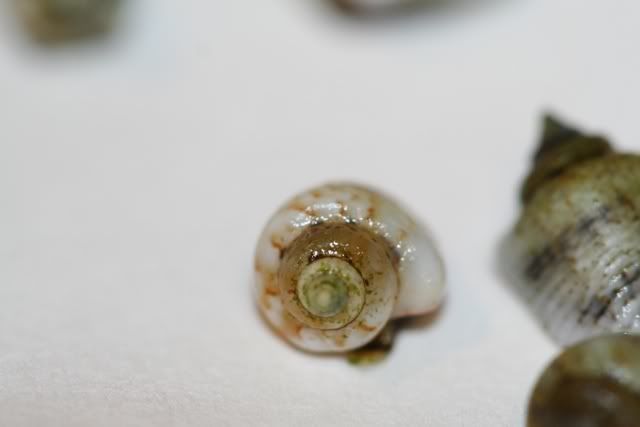rhagemann
Member
My tank has recently become a haven for these little 1/4" buggers. I noticed one of my Candy Cane (Trumpet) Corals had 5 or 6 heads eaten away today and as I pulled it from the tank, there were three of these guys stuck on the eaten areas. I don't know if they are resonsible or just happened to be there after it had happened.
Any help is greatly appreciated...



Any help is greatly appreciated...





